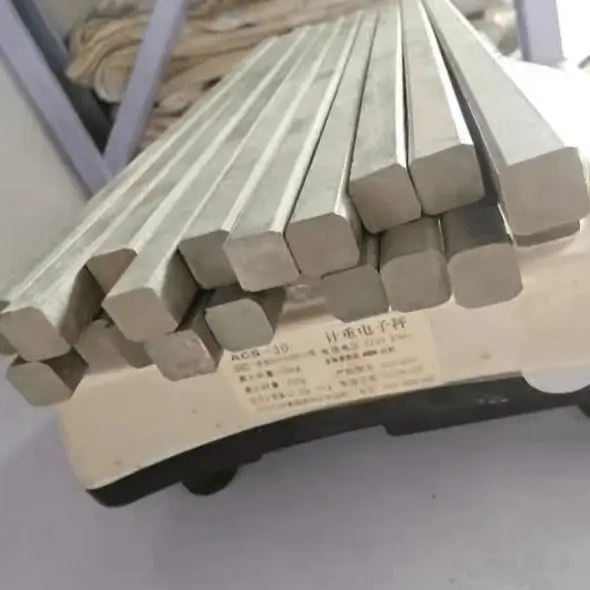Fancymetal offers high purity (customizable) metal products, as well as oxides, sputtering targets, foils, plates, wires, tubes, rods, powders.
Tungsten is a rare, high melting point metal that increases the high temperature hardness of steel. Tungsten is a silvery-white metal with a steel-like appearance. Tungsten has a high melting point, a very low vapor pressure, and a low evaporation rate.
Applications:
✔ 50% is used in the smelting of high quality steel, about 35% is used in the production of hardened steel, and about 10% is used to make tungsten wire
✔ Can make firearms, rocket propeller nozzles, armor-piercing bullets, cutting metal blades, drills, super-hard molds, wire drawing dies and so on
✔ Mining, metallurgy, light industry, textile, military, aerospace, science and technology
✔ Machinery, construction
✔ Transportation, electronics, chemical industry,
Chemical Properties:
At room temperature, it does not react with air and water, when not heated, any concentration of hydrochloric acid, sulfuric acid, nitric acid, hydrofluoric acid and aqua regia do not have any effect on tungsten, when the temperature rises to 80°-100°C, among the above mentioned acids, except for hydrofluoric acid, the other acids have a weak effect on tungsten.
At room temperature, tungsten can be quickly dissolved in the mixture of hydrofluoric acid and concentrated nitric acid, but it has no effect in alkaline solution.
Advantages:
✔ Strict quality control of raw materials, process control and pre-delivery processes.
✔ Strong technical capability makes it a reliable long-term supplier.
✔ Technical support: 24 hours technical support by email or phone
History:
In the 1850s, chemists discovered the effect of tungsten on the properties of steel. However, tungsten steel began to be produced and widely used in the late 19th and early 20th centuries.
In 1900, high-speed steel was exhibited for the first time at the Paris World's Fair. As a result, the tungsten extraction industry has grown exponentially ever since. The appearance of this steel marked a major technological advance in the field of metal cutting and processing. Tungsten became the most important alloying element.
In 1900 the Russian inventor A.N.Ладыгин was the first to suggest the use of tungsten in lighting bulbs. Only in 1909, after Кулидж developed a process method based on powder metallurgy, using pressure processing, it became possible to use tungsten in electric vacuum technology on a wide scale.
An important stage in the history of tungsten's industrial development was the development of tungsten carbide alloys with tungsten carbide as the main component in 1927-1928. These alloys surpassed the best tool steels in every respect and are widely used in modern technology.

